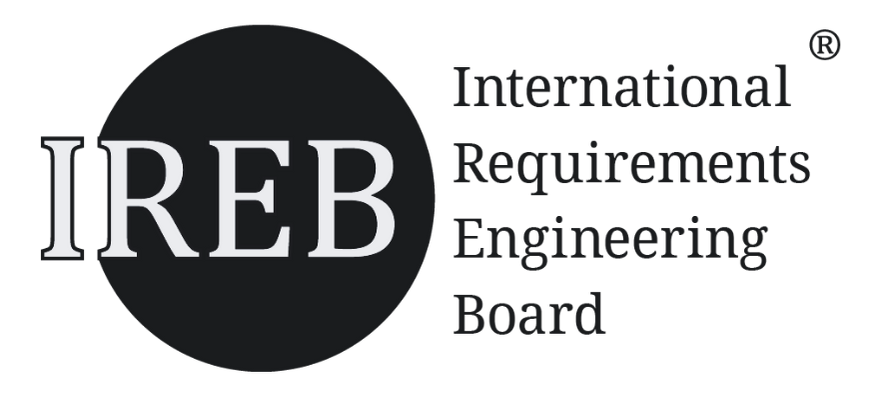And how venture clienting offers a practical fix.
Corporate innovation is often full of good intentions, vision decks, and high hopes. But more often than not, the effort stalls before it produces anything real. The buzzwords are there, "labs," "accelerators," "proofs of concept", but tangible outcomes? Rare.
So, why do so many corporate innovation initiatives fail before they even start?
According to Dr. Philipp Gneiting, former Head of Open Innovation at Mercedes-Benz, the problem isn’t a lack of ideas or startups. The real issue is a lack of commitment to solving actual business problems. In this episode of the TEQ Shift Podcast, he breaks down what’s broken—and how a venture clienting model can offer a fix.
1. The Illusion of Innovation
Many corporates treat innovation like theatre. They put on a show—startup demos, pitches, vision statements—but what’s missing is operational intent.

“If there’s no defined use case or no budget, it’s innovation theatre.”
—Dr. Philipp Gneiting
Without a clear business need, startups get stuck in endless rounds of discussions, pilots, and sandbox environments that never graduate to real-world deployment. It’s innovation for the sake of optics.
2. Proof of Concept ≠ Proof of Value
The common belief is that a successful POC will automatically lead to adoption. In reality, most POCs don’t make it past the initial test.
Why? Because there's no downstream commitment.
"We often do a POC without knowing what comes next. That’s a waste of everyone’s time."
To move beyond POC purgatory, organisations must tie innovation directly to value: cost reduction, risk mitigation, speed, or quality. Not only should the technology work, it must work for someone.
3. The Real Bottleneck: Internal Alignment
Innovation doesn’t fail because startups underperform. It fails because corporates don’t know how to absorb them.
Philipp explains that without budget ownership, a committed internal sponsor, and a clear timeline to integrate, even the best startup solution will flounder.
Enterprise teams often underestimate how hard it is to adapt internal systems, processes, and responsibilities. This is where most pilots quietly die.
4. Venture Clienting: A More Honest Model
Venture clienting flips the script. Instead of investing in startups or hosting innovation labs, the company becomes an early, serious customer.
What changes?
-
The startup builds a solution to a real business problem.
-
The company commits real budget.
-
The engagement is short, practical, and focused on results.
"You don’t invest in the startup. You buy from them. That makes all the difference."
This approach removes the ambiguity. Everyone knows the rules. Startups get a paying customer. Enterprises get working software.
5. Time to Value is the Only Metric That Matters
In venture clienting, speed isn’t just about doing things fast—it’s about doing the right things fast.
From first meeting to deployment, the timeline is compressed, but structured. Business value is the north star. No pitch competitions. No three-year innovation cycles.
"Innovation isn’t a funnel. It’s a filter. You don’t need more ideas. You need more clarity."
Final Thought
If you want to make innovation real, stop managing it like theatre. Stop chasing ideas and start solving real problems.
As Philipp Gneiting puts it: the fix isn’t more innovation. It’s better business alignment. That’s what venture clienting enables—a way to connect startups and corporates through shared outcomes, not shared presentations.

















